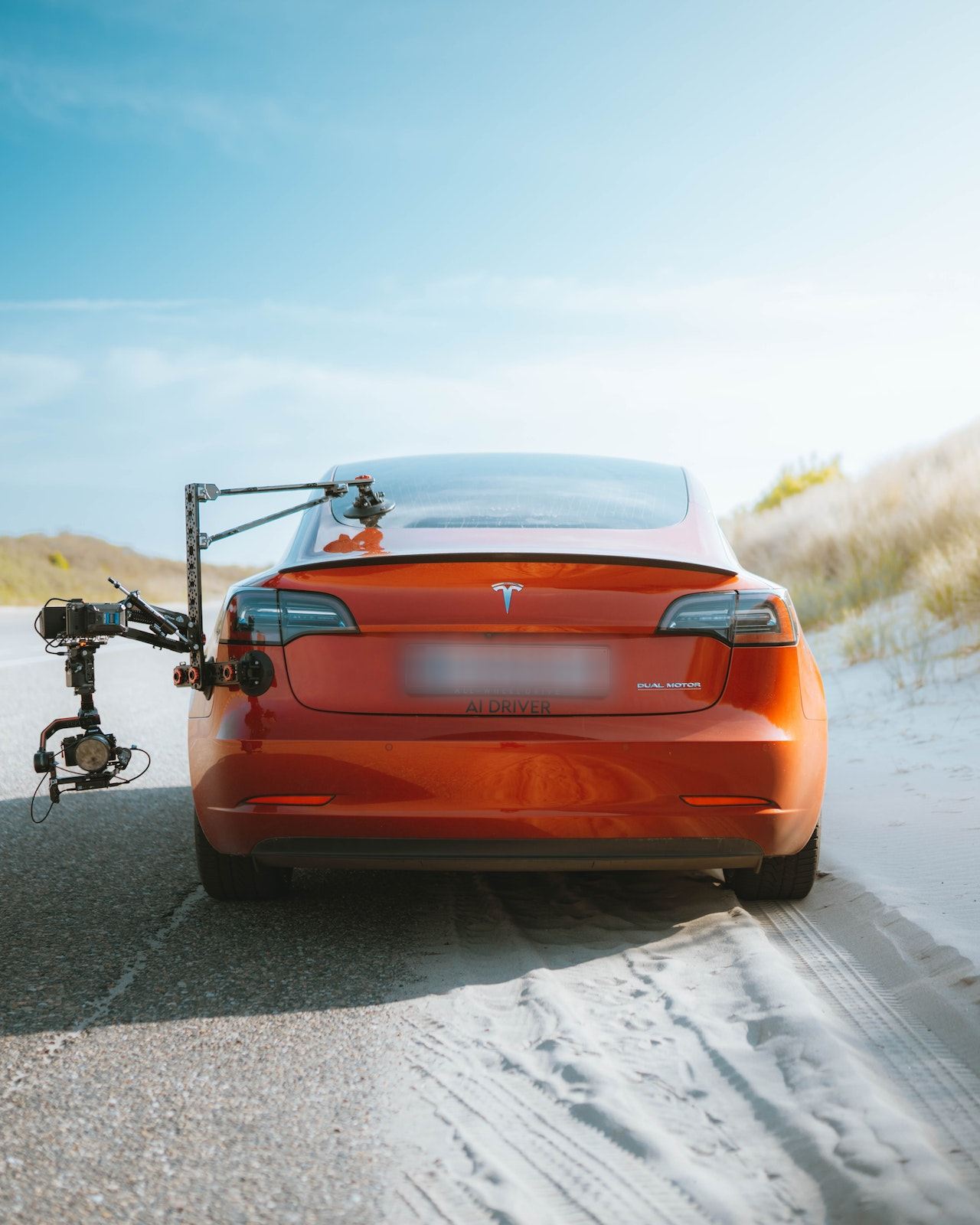In the swiftly evolving landscape of automotive technology, the convergence of smart innovations and autonomous driving systems is shaping the future of transportation. Yet, as vehicles embrace a digital forefront, concerns about personal privacy, including the anonymization of license plates and faces, are emerging in tandem. With an array of sensors and cameras embedded in modern vehicles, questions arise about the safeguarding of sensitive data transmitted to remote cloud platforms while preserving individuals’ anonymity. In the realm of smart home systems, similar privacy worries, such as the anonymization of data, have been scrutinized, as articulated by Shahid et al. in a 2021 review. This article delves into the confluence of smart automobiles, data protection, and the pivotal role of electronic engineers in steering this revolution while addressing the vital aspect of privacy preservation through license plates and faces anonymization.
Smart Sensors: The Driving Force Behind Data Insights
In the realm of smart vehicles, the integration of diverse sensors emerges as a cornerstone. These sensors encompass an array of technologies, including cameras, radar, lidar, ultrasonic sensors, and GPS units, each serving to capture essential data about the vehicle’s environment. Cameras detect road signs, lane markings, and other vehicles, while radar and lidar sensors gauge distances and speeds.
These sensors collectively construct a comprehensive real-time understanding of the vehicle’s surroundings, enabling informed decision-making. However, the challenge lies in the precision of data collection, given the potential for noise and interference. This intricate task necessitates cutting-edge electronics and advanced signal processing techniques to mitigate disturbances and amalgamate data from diverse sensors. Notably, weather conditions can influence sensors like radar and lidar, compelling engineers to employ redundancy strategies through multiple sensing technologies.
Balancing Benefits and Privacy Concerns
While smart vehicle technology holds immense promise, it also raises a valid apprehension regarding data privacy and security. Concerns loom over how manufacturers handle the collected data and the prospect of unauthorized access by malicious entities.
In the case of vehicle cameras, instances of inadvertent recordings have come to light, potentially compromising individual privacy. Hackers can exploit vulnerabilities in cloud connectivity or the vehicle itself to access stored images and videos. The vulnerabilities extend to LiDAR and radar sensors, which may not capture images but can identify objects and introduce security vulnerabilities.
Recent research proposes privacy-preserving methods for connected autonomous vehicles. These solutions aim to minimize the risk of unauthorized access to personal information, striking a balance between data-sharing and security. LiDAR sensors, for instance, have demonstrated the capability to be exploited for tracking, necessitating robust cybersecurity measures to counter potential physical attacks.
Steering Towards Privacy: The Engineer’s Role
The profound role of electronic engineers in addressing privacy challenges cannot be overstated. While smart vehicles offer heightened safety, convenience, and connectivity, ensuring data privacy demands proactive measures embedded in product development.
Engineers must adopt a privacy-by-design approach from the outset, integrating privacy impact assessments (PIA) to identify and mitigate potential risks associated with sensor and camera usage. Designing systems that prioritize default security, incorporating encryption, authentication, and access controls, is paramount to thwart unauthorized data breaches.
Data minimization surfaces as a crucial strategy. Smart vehicles should solely collect and retain necessary data for intended functionality. Additionally, engineers should consider incorporating advanced privacy techniques like BlurIt, which obscures sensitive information while maintaining functionality, further enhancing personal privacy.
Transparency and user control assume central importance. Smart cars must offer clear data collection and usage notices, affording users the power to manage their data, including deletion or limiting collection. This holistic approach, inclusive of innovative privacy solutions like Blurit, underscores the pivotal role of electronic engineers in steering the smart vehicle revolution while safeguarding individual privacy.
Conclusion:
The trajectory of smart vehicles fueled by integrated sensors and cameras brings forth a new era of mobility. Yet, this evolution demands diligent efforts to ensure privacy and data security. Electronic engineers serve as the vanguard, harmonizing innovative technology with privacy concerns. By instilling privacy-by-design principles, implementing robust security protocols, and valuing data minimization, engineers can shape smart vehicles that encapsulate convenience, safety, and respect for individual privacy rights. In this journey, collaboration between technology and privacy emerges as the driving force propelling us towards a future of seamless yet secure transportation.
